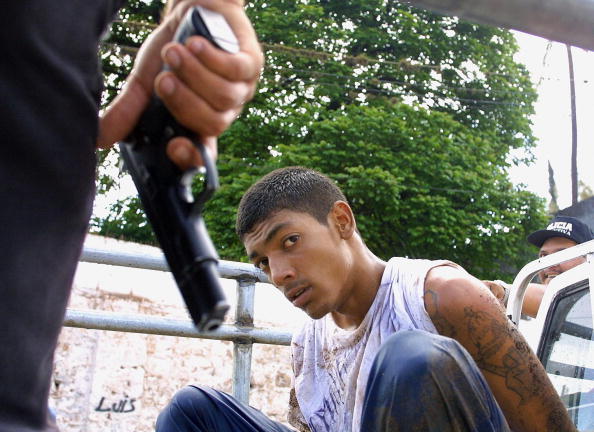An in-depth study into the costs of crime and violence in Latin America concludes that they have a profound economic impact in the region, costing nations an average of three percent of Gross Domestic Product (GDP) every year.
A recent study carried out by the Inter-American Development Bank (IDB) has provided estimates on the economic impact of criminal activity in five Latin American countries — Chile, Costa Rica, Honduras, Paraguay and Uruguay. Its findings show that, on average, the year 2010 saw these states spend 3 percent of their GDP as a result of crime, almost equivalent to the income produced by the poorest 20 percent of the population.
The comprehensive report not only calculates direct costs incurred by victims of violence, but also includes the money spent by “potential victims” – or those who invest in security to protect themselves from victimization – and the cost of lost opportunity represented by prisoners who no longer contribute to society.
Using these estimations, the report found that Honduras lost the biggest proportion of money at the hands of crime – $704 million, or 4.6 percent of its GDP. Paraguay spent the second biggest share of national income, at 3.8 percent. Meanwhile, Chile was at the lower end of the scale with an expenditure of $3.89 billion, or 1.8 percent of its GDP. Costa Rica and Uruguay spent 1.9 percent and 2.3 percent of their GDP respectively. (See IDB graphics below)
Honduras remained top when calculating money spent in “anticipation” of crime and as a consequence of crime respectively. The trend changes when it comes to “costs in response to crime” — essentially government expenditure — for which Paraguay and Uruguay show the highest statistics.
Compared to similar studies carried out in 2006, the average cost of crime appears to have decreased across Latin America. The study also highlights the large differences between expenditure caused by crime in Latin American compared to Europe, North America and Oceania, where this averaged a mere one percent in 2010.
The report used estimates on the social costs of crime, i.e., the sum of money spent or invested by households, businesses and the government in the face of violence.
However, it acknowledges that it could not take into account costs associated with loss of wellbeing as a result of behavior aimed at reducing risk of victimization.


InSight Crime Analysis
It is no big surprise that out of the five countries, Honduras and Paraguay have suffered the most economically as a result of crime. The Central American country has repeatedly taken the title of most murderous country in the world, and its street gangs have long inflicted severe violence and all manner of organized criminal activities.
Paraguay has dedicated many resources to fighting the stubborn guerrilla insurgency the Paraguayan People’s Army (EPP), and has furthermore seen the incursion of various organized criminal groups in recent years, including the PCC and the Red Command from Brazil.
On the other hand, Chile, Costa Rica and Uruguay are known for being among the region’s safer countries, and boast some of the lowest homicide rates in the Americas.
The report acknowledges, however, that it is cannot realistically calculate the breadth of costs associated with criminal activity. The numbers provided can only be speculative at best, and similar reports — such as one carried out by the Institute for Economics & Peace (IEP) on the year 2013 — in fact show significantly larger predictions on the costs of crime as a percentage of GDP (Honduras was predicted to have spent 19.2 percent of its GDP).
More importantly, perhaps, is the fact that the statistics do not take into consideration the income generated by crime, the scale of which can alter a country’s GDP noticeably.
With so many factors in play, it is difficult, if not impossible, to measure the economic effects of crime in a country with a good level of confidence, but there can be no doubt that organized crime and the corruption it brings, are afflictions affecting the economic health of nations throughout the region.

